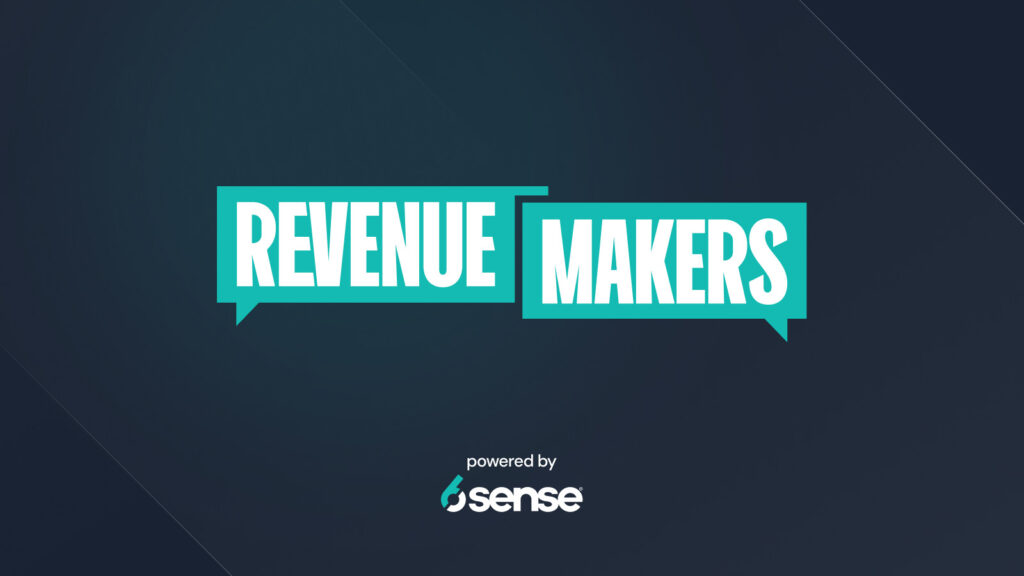What is a Serviceable Available Market (SAM)?
Serviceable Available Market (SAM) is the portion of the Total Addressable Market that a business can realistically target and serve with its products or services. It represents the specific market segment that aligns with the company’s capabilities, resources, and strategic focus, allowing for marketing and sales teams to address the needs of potential customers within that defined scope. By concentrating efforts on SAM, businesses can maximize their growth potential and optimize their market expansion strategies.
Benefits of Serviceable Available Market
Identifying and understanding the SAM helps businesses focus their resources, time, and efforts on the most relevant and profitable opportunities within their reach.
Additionally, knowing the SAM helps businesses assess the true market potential and size of their target audience, which is essential for making informed decisions regarding investment, pricing, and go-to-market strategies. It allows companies to set realistic and achievable goals, leading to a more efficient allocation of resources and reducing the risk of overextending beyond capabilities.
What are the Factors that Affect Serviceable Available Market?
An organization’s SAM is influenced by various elements, including the following:
- Geographic scope: SAM may vary based on the targeted geographic area. Customers in different regions or countries have diverse preferences, purchasing, and cultural factors that impact potential market size.
- Industry and niche: SAM can be influenced by the specific industry or niche a business operates in.
- Customer segmentation: SAM is also shaped by audience characteristics. Different audience segments may have distinct needs and preferences, affecting the overall potential market size.
- Economic factors: Economic conditions, like income levels, inflation, and customer confidence, can impact SAM by influencing customers’ purchasing power and spending behavior.
- Regulatory environment: Legal and regulatory factors can affect SAM by either enabling or limiting certain business activities or market entry possibilities. Compliance requirements and industry-specific regulations can also impact the potential customer base.
TAM vs. SAM vs. SOM
Total Addressable Market represents the entire market demand for a particular product or service, assuming there are no constraints or limitations.
Serviceable Available Market is the subset of the TAM that a business can effectively target and service with its products or services, considering factors like the company’s capabilities, resources, and strategic focus — providing a more realistic and manageable market segment.
Serviceable Obtainable Market (SOM) is the portion of the SAM that a business can actually capture and convert into sales, accounting for competition, market penetration, and the effectiveness of marketing and sales efforts.
While distinct, all three are also connected:
- TAM is the broadest concept, encompassing the entire market demand without restrictions. SAM is a more refined and practical subset of the TAM that aligns with company capabilities. SOM further narrows down the market to what a company can realistically convert into sales.
- TAM, SAM, and SOM form a hierarchical funnel. TAM sets the upper limit of the market opportunity, SAM identifies the feasible segment within TAM, and SOM represents the actual market share the company can achieve.
The three shouldn’t be confused with each other, because mixing them up can lead to inaccurate assessments of a business’s market potential. Overestimating SAM or ignoring SOM can result in unrealistic growth expectations, while underestimating TAM may lead to missed opportunities for expansion. Each term serves a distinct purpose for market analysis and helps businesses make informed decisions regarding their growth strategies.
How to Calculate SAM
To calculate the SAM, businesses should consider:
- Total Addressable Market (TAM): The total market demand for a specific product or service. It represents the entire target audience without considering any constraints or limitations.
- Total Addressable Market percentage: The percentage of the TAM that a business can realistically target and serve based on its resources, expertise, and market reach.
- Non-Consumable Market percentage: The percentage of the TAM that falls outside the business’s reach due to factors like geographical restrictions, regulatory limitations, or target audience mismatch.
You can then use the following formula:
Serviceable Available Market =
Total Addressable Market x
(Total Addressable Market percentage - Non-Consumable Market percentage)Example: Let’s consider Beta, Inc., which offers premium electric cars and has a TAM of one million potential car buyers. However, the company’s focus on the luxury segment and limited distribution network allows them to effectively serve only 10% of the entire market. Additionally, 5% of the TAM is not reachable due to geographical constraints.
How to find the Serviceable Available Market for Beta, Inc.:
1,000,000 x (10% - 5%)
1,000,000 x 5%
Serviceable Available Market = 50,000 Best Ways to Expand Your SAM
It’s possible to expand SAM with some strategic planning and execution. Try these three approaches:
- Marketing Segmentation and Diversification: Identify new customer segments or industries that align with business capabilities. Conducting market research and understanding the unique needs of different segments can help tailor products or services to meet specific demand.
- Partnerships: Collaborating with complementary businesses or forming strategic alliances can significantly expand SAM. By combining resources, expertise, and networks, businesses can access new markets and customer bases that may be difficult to reach independently.
- Digital Marketing and Online Presence: Content marketing, search engine optimization (SEO), social media, and email marketing can help to reach a wider audience, generate leads, and build brand awareness. Businesses can use targeted online campaigns to increase their reach beyond traditional geographic boundaries.





